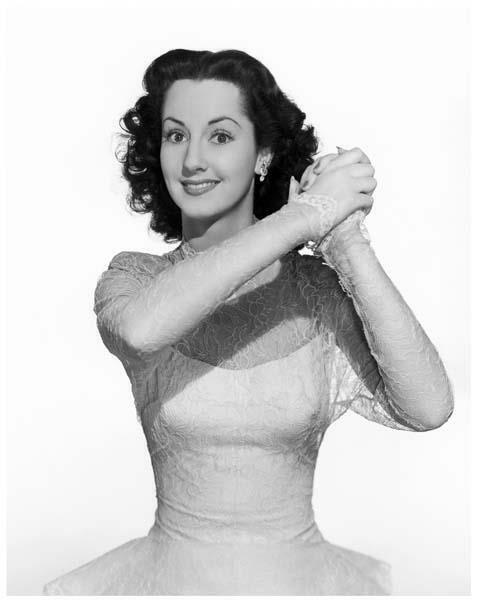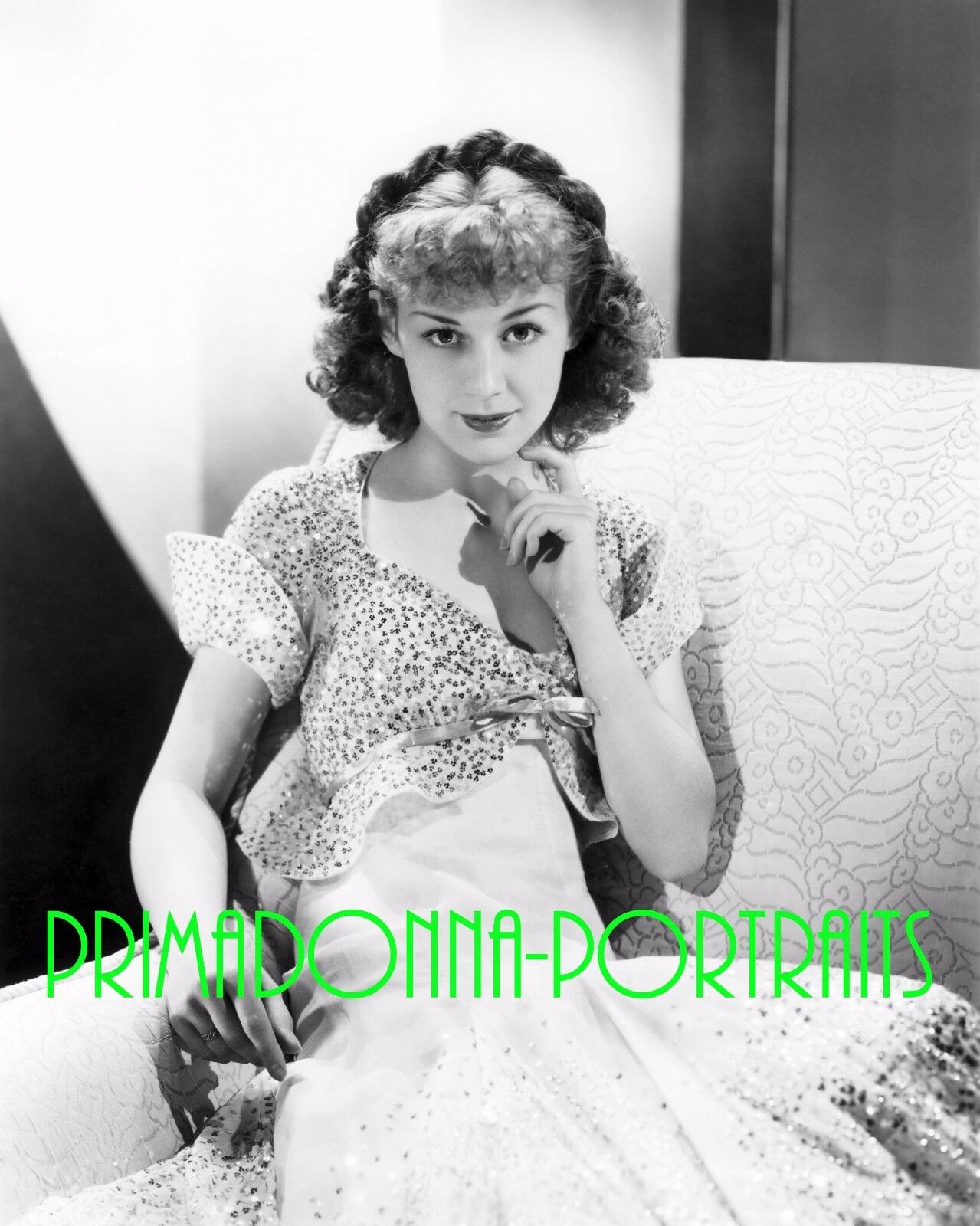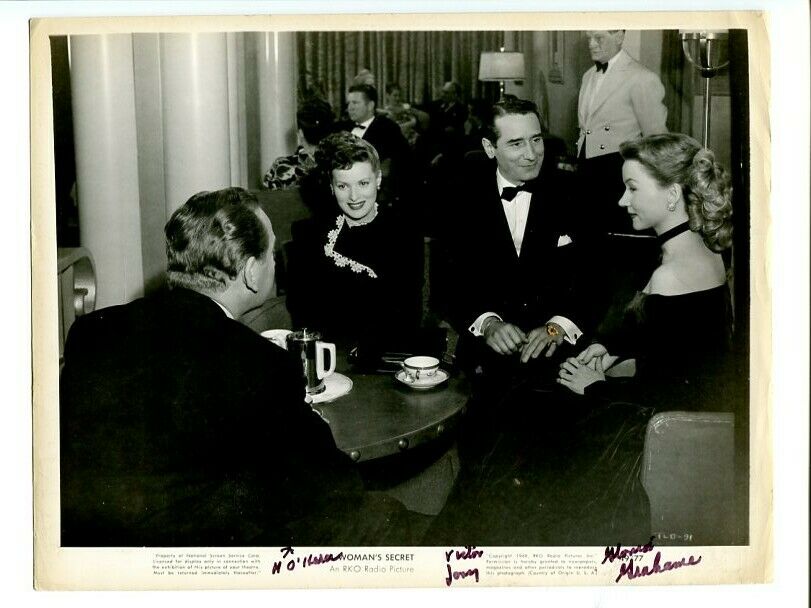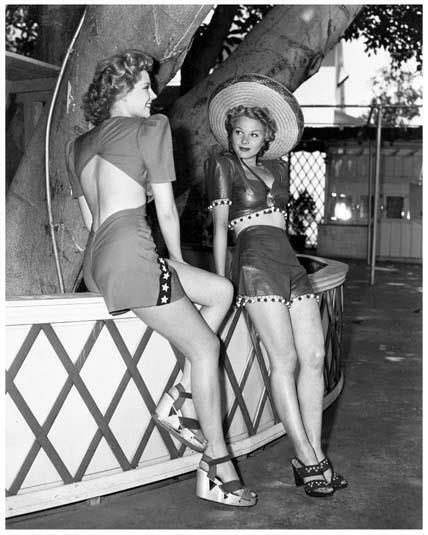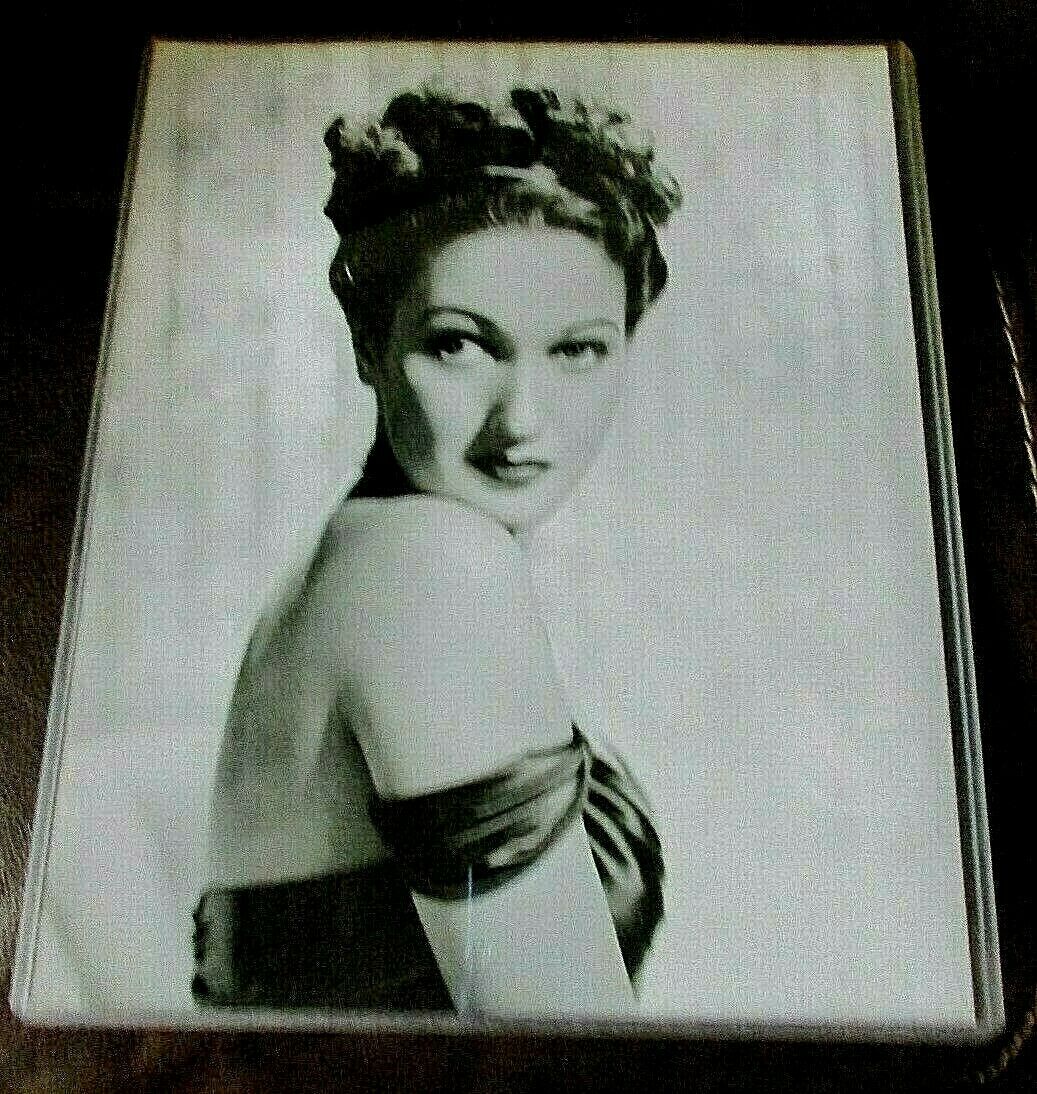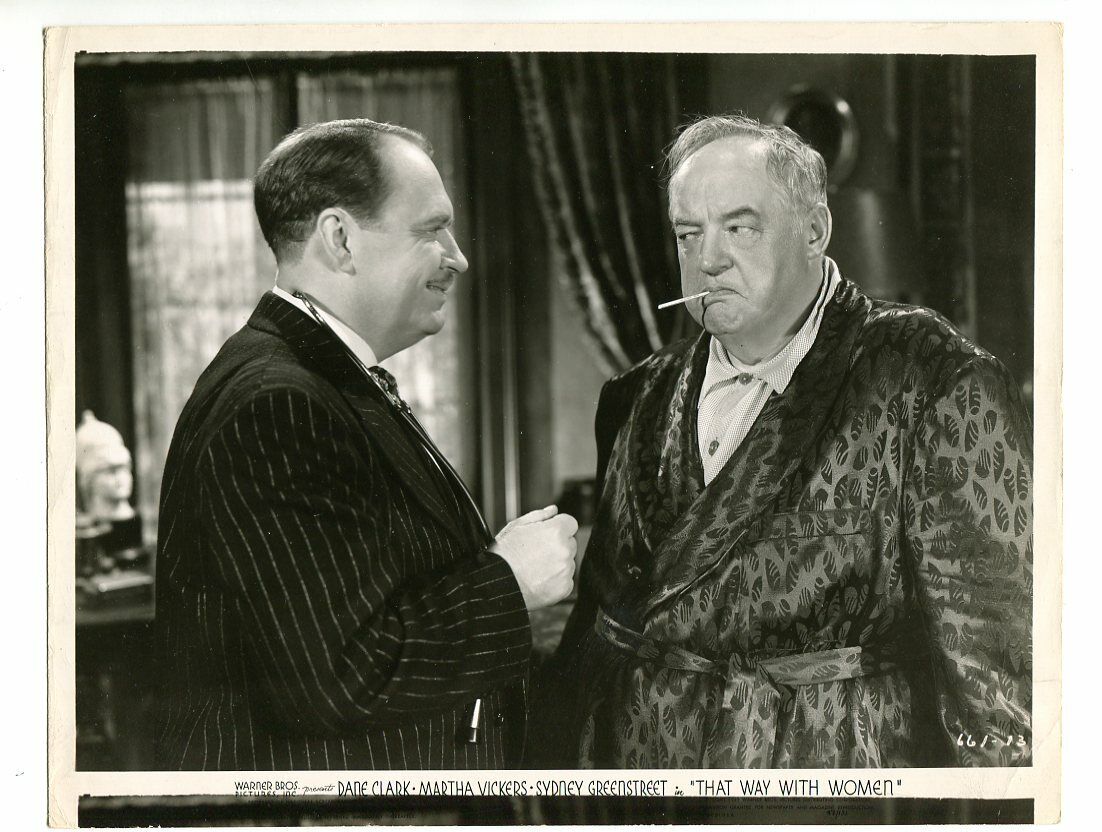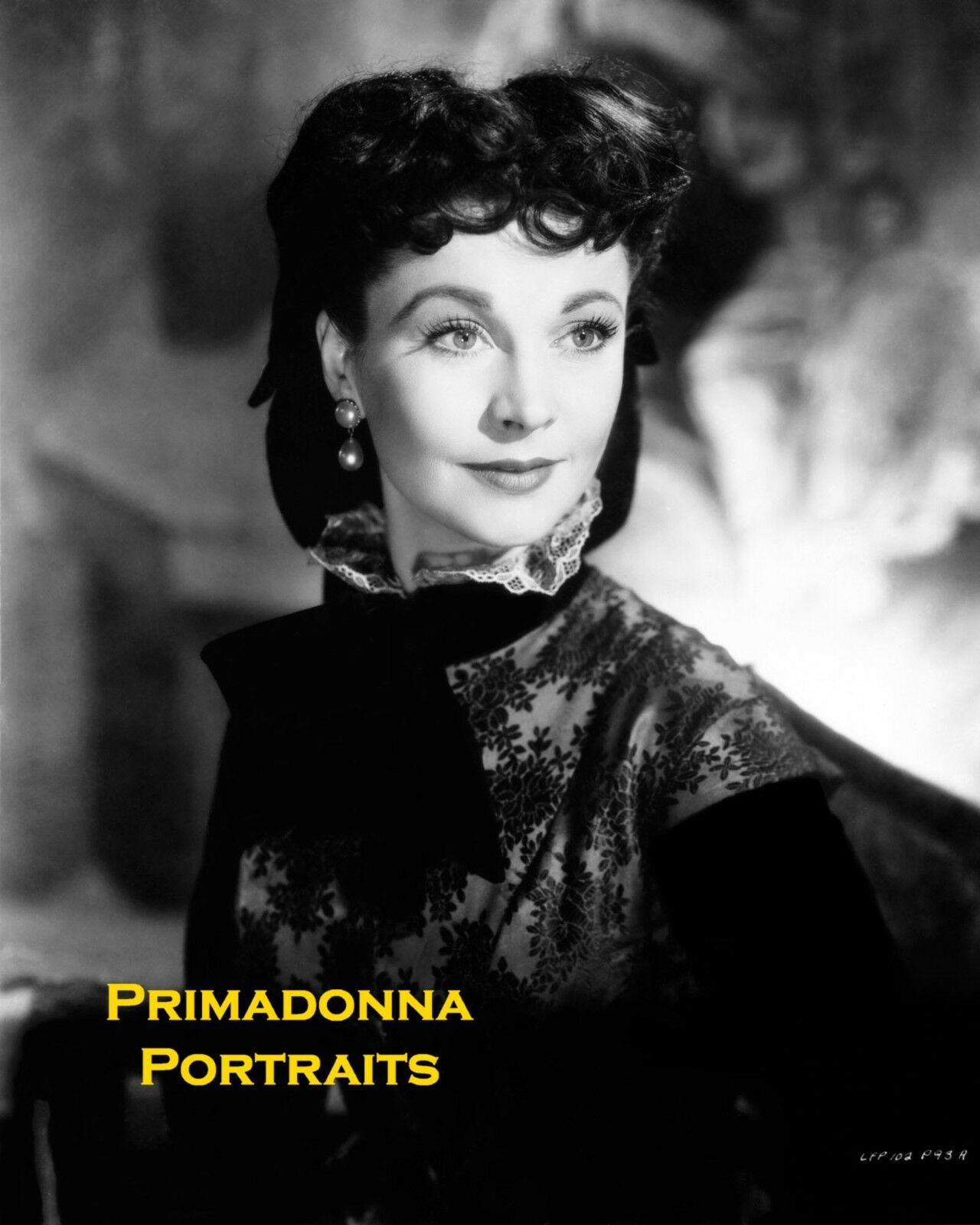-40%
Elegant Vintage Hollywood Regency Glamour Leggy Pinup Ann Miller 1945 Photograph
$ 2.61
- Description
- Size Guide
Description
ITEM: This is a sensual, vintage and original Columbia Pictures photograph featuring a beautiful view of actress Ann Miller. The leggy dance star has been photographed in her elegant costume by Columbia portraitist Joe Walters in promotion of her 1945 musical comedy, "Eadie Was a Lady
."
Miller was famed for her speed in tap dance. Studio publicists concocted press releases claiming she could tap 500 times per minute, but in truth, the sound of ultra-fast "500" taps was looped in later. Miller would loop the sound of the taps while watching the film and actually dancing on a "tap board" to match her steps in the film. She was known, especially later in her career, for her distinctive appearance, which reflected a studio-era ideal of glamour: massive black bouffant hair, heavy makeup with a splash of crimson lipstick, and fashions that emphasized her lithe figure and long dancer's legs. Her film career effectively ended in 1956 as the studio system lost steam to television, but she remained active in the theater and on television.
This photograph measures 8" x 10" on a glossy, single weight paper stock. Studio paper caption and Walters' ink stamp on verso.
Guaranteed to be 100% vintage and original from Grapefruit Moon Gallery.
More about Ann Miller:
A lovely and talented star of movie musicals for over two decades who then enjoyed an equally long run on the stage, Ann Miller was one of the prime practitioners of "machine gun tap dancing" and was capable of several hundred taps per minute. Starting in small productions from studios like RKO and Columbia, the long-legged brunette gradually worked her way up to the big-budget musical extravaganzas produced by MGM, where she received guidance from top flight choreographers like Busby Berkeley, Hermes Pan and Nick Castle, and was dubbed Ann "Legs" Miller by influential gossip columnist Walter Winchell. Though her 5 foot-7-inch frame reportedly intimidated screen partners Fred Astaire and Gene Kelly, Miller's beauty and irrefutable dancing and singing abilities won her a following, thanks to hits like "Easter Parade" (1948), "On the Town" (1949), "Two Tickets to Broadway" (1951), "Small Town Girl" (1952) and "Kiss Me Kate" (1953). When her MGM contract ended in the mid-1950s, Miller took her talents to the stage and went on to star in various productions, including a hugely successful nine-year run in the musical comedy smash "Sugar Babies" alongside Mickey Rooney. Cast mostly as the second lead in her movies, she did not attain the heights of popularity enjoyed by Ginger Rogers or Eleanor Powell, but Miller was a dazzler in her own right and one of the premiere tap dancers and all-around performers in the Golden Age of movie musicals.
Ann Miller was born Johnnie Lucille Collier in Chireno, TX on April 12, 1923, with the name Johnnie being suggested by her father, a famous criminal defense attorney, who had wanted a boy. Miller learned how to tap dance when she was six years old as a way of strengthening her legs, which had been weakened by a case of rickets. The Colliers separated, prompting Miller and her mother - who preferred the girl to be a ballerina but was supportive of her dream to excel at tap - to move to California, where Miller continued to study her craft. Upon dropping out of school in Grade 11, she lied about her age in order to get performing jobs at supper clubs. While exhibiting her rapid-fire tapping at one such place, she was noticed by Lucille Ball and a Hollywood talent scout, who recommended her for a screen test at RKO. The result was a seven-year contract with the studio and her new marquee-friendly moniker. Luckily, Miller's exaggeration of her age and fake birth certificate were never discovered by RKO executives, who quickly put her into "New Faces of 1937" (1937). Miller soon scored her first speaking role in the Katherine Hepburn/Ginger Rogers vehicle "Stage Door" (1937) and RKO loaned her out to Columbia so she could appear in Frank Capra's romantic comedy "You Can't Take it with You" (1938), which won the Best Picture Oscar.
In the wake of that film's success and her work in the Marx Brothers romp "Room Service" (1938), Miller became unhappy with her 0-a-week salary and secured an early release from RKO. She then travelled to New York City to join the Broadway musical comedy revue "George White's Scandals" (1939), in which she performed two numbers. The production was a major success and Miller was able to negotiate a new contract with the studio at the much higher rate of ,000 a week, though her time with RKO proved to be short. After equally brief stints with Republic and Paramount, Miller appeared in the Columbia musical "Reveille with Beverly" (1943), which was a significant hit for the studio, prompting them to engage Miller's services for six years, leading to vehicles like "Hey, Rookie" (1944), "Carolina Blues" (1944), and "Eve Knew Her Apples" (1945), a remake of Columbia's 1934 Oscar-winning "It Happened One Night." Oddly, during a portion of her tenure with Columbia, Miller was dating L.B. Mayer, the head of MGM. Mayer developed such a crush on the actress, his attempted suicide via sleeping pills was allegedly due to Miller rejecting his proposal of marriage.
Miller instead wed Consolidated Steel heir Reese Milner, despite warnings that he was an alcoholic who had previously abused women. Miller suffered the same treatment from him and when she was nine months pregnant, Milner allegedly threw her down a flight of stairs, breaking Miller's back. Miller eventually recovered, but the baby did not survive the trauma and the marriage was dissolved not long afterward (Miller would marry twice more in her lifetime and these would also be short and unhappy unions). Hoping to restart her movie career, Miller auditioned for MGM and won a role in the Judy Garland/Fred Astaire vehicle "Easter Parade" (1948) and impressed audiences who did not know that she performed her number "Shakin' the Blues Away" while wearing a steel brace. They also did not know that, at Astaire's request, Miller performed with him while wearing ballet slippers, so that she would not appear to be taller. The film was a big success and the actress would cite it in later years as her favorite role. Now convinced that Miller could still shake a leg, MGM put her under contract and "The Kissing Bandit" (1948), "On the Town" (1949), "Watch the Birdie" (1950), and "Texas Carnival" (1951) followed in quick succession. She was also inadvertently instrumental in the creation of pantyhose after asking a costume designer to come up with a durable set of one piece stockings similar to the tights worn by ballerinas.
As the new decade dawned, Miller continued to amaze in pictures like "Two Tickets to Broadway" (1951), "Lovely to Look At" (1952), "Small Town Girl" (1952), and the 3-D extravaganza "Kiss Me Kate" (1953), which included newcomer Bob Fosse in the cast after Miller recommended him to director George Sidney. "Hit the Deck" (1955) also offered a first for the famous tapper when she was asked to dance barefoot for the number "The Lady from the Bayou." During this time, Miller was also one of the first Hollywood stars to tour Australia and she became MGM's unofficial ambassador, travelling to a number of foreign countries. This led to unusual incidents in Israel, where she was temporarily kidnapped by a group of Arabs, who were convinced she was a spy, and Argentina, where Miller had to fend off the advances of leader Juan Perón, who tried to keep her in the country by withholding her passport.
By the mid-1950s, MGM's splashy musical spectaculars were losing favour with audiences and the studio began to move toward grittier, more realistic features. As a result, the final two films Miller did for the company, "The Opposite Sex" (1956) and "The Great American Pastime" (1956), featured her in non-dancing roles. Her contract now over, Miller entered a new phase of her career with forays onto live television variety show appearances on programs like "The Ed Sullivan Show" (CBS, 1948-1971). Another change came via her role in a Houston stock company version of "Can-Can," which led to Miller being one of several actresses who played the title role of "Mame" (1966-69) on Broadway. Once her one-year run in the part ended, Miller toured with the production across the country for an additional 24 months and was cast in productions of "Cactus Flower" and "Anything Goes." She also co-starred with Ann-Margaret in "Dames at Sea" (NBC, 1971), a TV movie version of the off-Broadway musical hit. Miller earned more pop culture fame when she strutted her stuff in a 1970 commercial for Great American Soup, which featured an elaborate, Busby Berkeley-style choreographed dance number where the 47-year-old dancer still moved with all the grace and agility of her youth. Almost twenty years after receiving a star on the Hollywood Walk of Fame, a major third act triumph came for Miller toward the end of the 1970s when she co-starred with fellow MGM alumni Mickey Rooney in "Sugar Babies."
A tribute to the age of burlesque and a throwback to the more old-fashioned musical productions of the past, "Sugar Babies" debuted in California and went on to become a huge, unexpected success on Broadway, running from 1979 through 1982 with more than 1,200 performances. Rooney and Miller then toured with the award-winning revue across America six more years for a total run of almost a decade, and Miller would later make occasional returns to the stage for productions like "Follies" (1998). Her movie career ended in the 1950s, but she made two more appearances later in life that were spaced well apart and could not have been any more different. Miller was one of many Golden Age celebrities recruited to appear in the lame show business nostalgia comedy "Won Ton Ton: The Dog Who Saved Hollywood" (1976) and had a small, but amusingly eccentric role as a tough old landlady in David Lynch's bizarre mystery "Mulholland Dr." (2001). Although years of dancing took a toll on her body, Miller ultimately died on Jan. 24, 2004 of cancer. Her tap shoes, dubbed "Moe" and "Joe" were thereafter exhibited in the Smithsonian Institution.
TCM | Turner Classic Movies Biography By: John Charles



